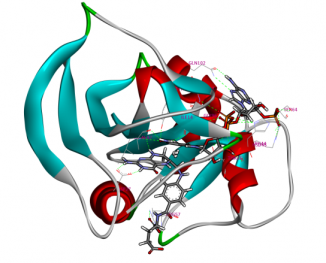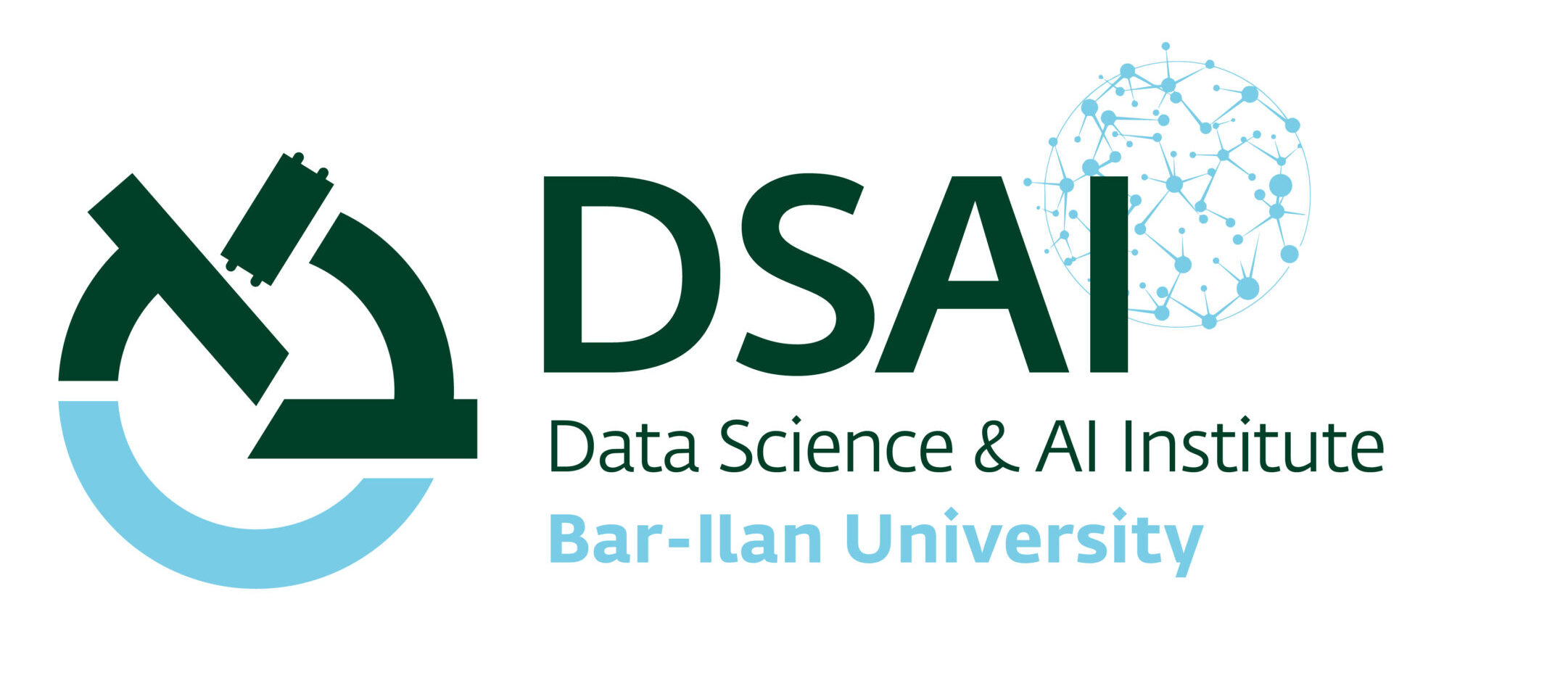
ACADEMIC BACKGROUND
Prof. Major completed his undergraduate studies in chemistry and computer sciences at Bar-Ilan University in 1997. He received his Ph.D. from Bar-Ilan University in 2003 under Prof. Bilha Fischer. During his Ph.D. he worked on molecular properties of nucleotide derivatives, theoretical modeling of G-protein coupled receptors, as well as molecular recognition.
He did a post-doctorate at the University of Minnesota under Prof. Jiali Gao during the years 2003-2006. During his post-doctorate he was involved in development and application of theoretical methods for enzyme catalysis.
Since 2007 he is a Faculty member in the Chemistry Department at Bar-Ilan University. His main research interests are in the field of computational chemistry, computational biochemistry, and computational nanotechnology.
ABOUT MY WORK
• Theoretical study of enzymatic and solution-phase reactions using state-of-the-art combined quantum mechanics/molecular mechanics Hamiltonians
• Molecular Dynamics and Monte Carlo simulations of proteins
• Development of novel path-integral simulation methodology for the investigation of quantum nuclear effects in solution phase and enzymatic reactions
• Development of hybrid quantum mechanics/molecular mechanics Hamiltonians
• Development of docking methods for enzyme modeling
• High-level quantum mechanical calculations of small biomolecules
• Molecular modeling of membrane proteins
• Docking studies of protein-ligand interactions
• Theoretical study of Lithium batteries properties (http://www.inrep.co.il)
• Theoretical study of photovoltaics


SELECTED PUBLICATIONS
1. Mhashal, A. R.; Pshetitsky, Y.; Cheatum, C. M.; Kohen, A.; Major, D. T. Evolutionary Effects on Bound Substrate pKa in Dihydrofolate Reductase. J. Am. Chem. Soc. Accepted. 2018.
2. Chakraborty, A.; Dixit, M.; Major, D. T. Predicting Accurate Cathode Properties of Layered Oxide Materials Using the SCAN Meta-GGA Density Functional. npj Computational Materials. Accepted 2018.
3. Driller, R.; Janke, S.; Fuchs, M.; Warner, E.; Mhashal, A. R.; Major, D. T.; Christmann, M.; Brück, T.; Loll, B. Towards a comprehensive understanding of the structural dynamics of a bacterial diterpene synthase during catalysis. Nat. Commun. Accepted. 2018.
4. Major, D. T. Complex Terpenes in One Pot. Nat. Catal. 2018, 1, 567-568.
5. Das, S.; Nam, K.; Major, D. T. Rapid Convergence of Energy and Free Energy Profiles with QM Size in QM/MM Simulations of Proton Transfer in DNA. J. Chem. Theory Comp. 2018, 14, 1695-1705.

RESEARCH PROJECTS
1. Development of quantum simulation tools for nuclear quantum effects in enzyme catalysis. This entails development of new path-integral methods for the simulations of zero-point energy and tunneling effects in condensed phase environments. Several new methods are being developed and are incorporated into simulation platforms for enzymatic reactions.
2. Development of hybrid quantum mechanics/molecular mechanics methods. This includes the development of specific reaction parameter semi-empirical Hamiltonians for use in enzyme simulations. Additionally, we also develop novel perturbation approaches wherein a low-level Hamiltonian is perturbed into a higher level one with a view to enhance accuracy at a reduced computational cost.
3. Study dynamical effects and tunnelling in enzyme catalysis through hydrogen transfer reactions. This involves studying several important enzyme systems such as the hydride transfer in dihydrofolate reductase and formate dehydrogenase.
4. Enzyme mechanisms through heavy atom kinetic isotope effects. This approach entails the study of the reaction mechanism in deaminase and decarboxylase enzymes via heavy atom kinetic isotope effects.
5. Enzyme mechanisms in a variety of systems
6. Properties of functional surface groups in self-assembled monolayers. This project includes the computation of the pH-dependent vibrational spectrum of carboxylate terminated monolayers via novel QM/MM applications in combination with molecular dynamics simulations.
7. Properties of cathode material in lithium batteries using density functional theory approaches (http://www.inrep.co.il)
8. Properties of solar cell materials using density functional theory approaches
